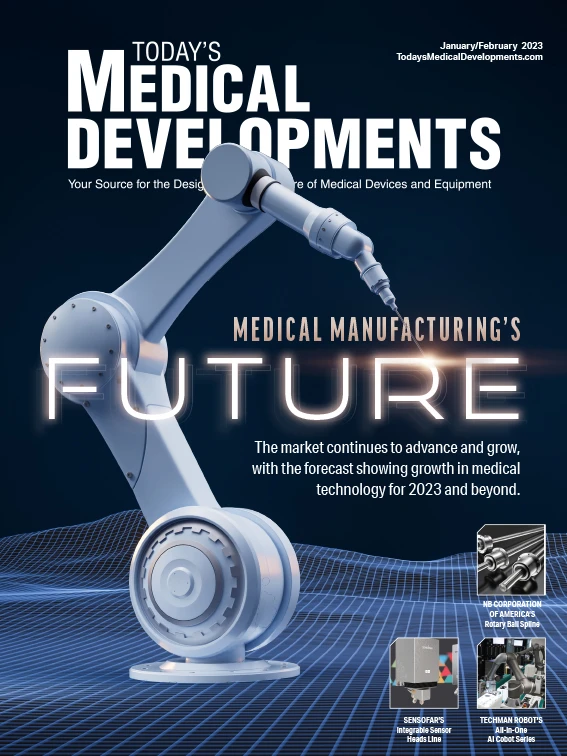
Yale’s one-year advanced degree program is designed to bring engineers, computer scientists, and medical professionals together to learn new technologies in 3D medicine and imaging to improve patient outcomes. Students will learn how to generate high-resolution imagery, design and create 3D models of anatomy, use 3D printing to create customized medical instruments, and program surgical plans into robots and other computer-guided systems.
These are skills and technologies radically changing healthcare and how some doctors are treating their patients. Patients who would have been paired up with a standard protocol are now receiving one-of-a-kind treatments.
Dr. Daniel Wiznia, one of the program’s creators, notes a patient might come to him with a defect in his or her bone structure.
“We can create a 3D model of that,” says Wiznia, assistant professor of orthopedics and rehabilitation and assistant professor of mechanical engineering & materials science. “We can figure out in 3-dimensional space how we’re going to reposition the bones, and how a plate is going to bring the two ends together. We can also print out custom instruments.”
The principals involved in getting the program off the ground agree Yale is the perfect setting for an entirely new kind of interdisciplinary degree. SEAS Deputy Dean Vincent Wilczynski notes the university’s culture of collaboration was a critical component.
“The new degree builds on the strong partnerships in research and education between the two schools and creates new opportunities to create innovative solutions for healthcare,” Wilczynski says, adding that it “will certainly lead to the development of innovative medical devices and processes.”
The new degree program at Yale is essentially designed to get engineering and medicine speaking the same language. Engineers need a background in anatomy, for instance, while School of Medicine students need more experience with computer-aided design (CAD).
“The idea is we want surgeons to come out who can do this, and we want engineers who can come out and do this,” says Lisa Lattanza, chair and professor of orthopedics and rehabilitation.
To graduate, students take two electives and six required courses, which include a personalized medicine seminar, a course on biomedical 3D printing, and one on medical device design. Courses are taught by clinical and ladder faculty from the School of Medicine and SEAS.
Students also spend the summer in a clinical immersion phase shadowing physicians in various fields and observing surgeries and doctor-patient interactions. More than 40 healthcare workers from 11 fields, including orthopedics, radiology, cardiology, and neurology have volunteered to take part as mentors. With a grant from the National Institutes of Health (NIH), this phase of the program is offered to up to five undergraduate students each summer. In the following spring semester, these students also take the medical device course taught by Wiznia and Steve Tommasini, a research scientist at the School of Medicine.
“We use the summer program as a tie-in so they learn about different problems that exist, and then they can come up with ideas that could be used as projects for the device class,” Tommasini says.

Explore the January February 2023 Issue
Check out more from this issue and find your next story to read.
Latest from Today's Medical Developments
- Arcline to sell Medical Manufacturing Technologies to Perimeter Solutions
- Decline in German machine tool orders bottoming out
- Analysis, trends, and forecasts for the future of additive manufacturing
- BlueForge Alliance Webinar Series Part III: Integrate Nationally, Catalyze Locally
- Robot orders accelerate in Q3
- Pro Shrink TubeChiller makes shrink-fit tool holding safer, easier
- Revolutionizing biocompatibility: The role of amnion in next-generation medical devices
- #56 Lunch + Learn Podcast with Techman Robot + AMET Inc.





